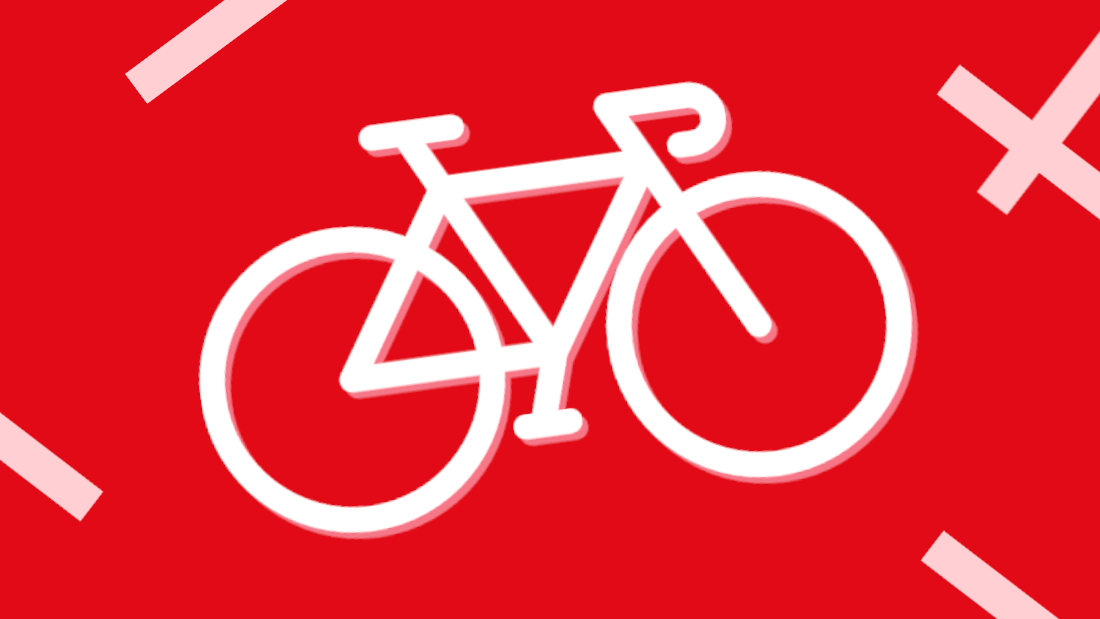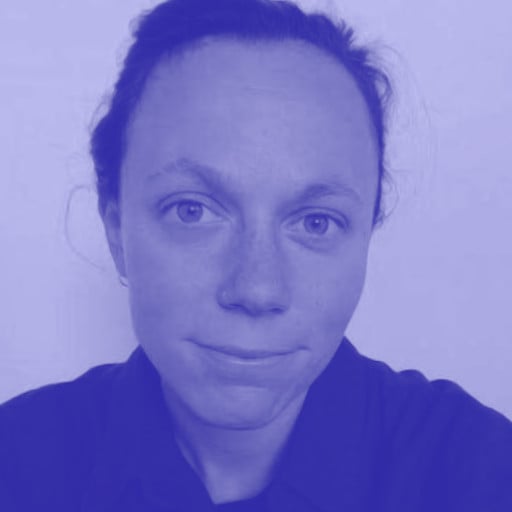The design process can seem mysterious. One way to understand the design process is to think about how we can apply it in everyday situations.
One misconception about design, I think, is that it’s all about creativity, inspiration and lateral thinking.
In reality, at work as a content designer, I make decisions based on logic, research and rationale.
The big question is something like this: what’s the best result we can achieve for the users of a product or service with the time, resources and budget available?
I often have to make similar decisions in my own life, too, with the same constraints.
Training and practicing as a designer has given me skills in research and analysis that I find really useful in my day-to-day life. And they help me solve problems that, in the past, I’d have found impossible.
For example, buying a new bike.
The precise nature of the problem
Buying a bike doesn’t sound that difficult. So why did I get stuck?
Let’s start where most design processes begin, by trying to understand the scope of the problem.
I’ve been a cyclist for years and have had a lot of bikes. Now, I want to spend a bit of money on a better bike that’s perfect for me.
That’s harder than it sounds because:
- I’m short and it’s hard to find bikes in my size
- bikes come in different shapes and configurations (their geometry)
- bike shops don’t usually have extra small (XS) bikes in stock (medium is standard)
- XS isn’t the only label – there’s also XXS, 44, 47, 48…
What kind of bike I need depends on what kind of riding I’ll be doing most.
The geometry of bikes is a spectrum and each person will have a different way of being the most comfortable on a bike.
Dynamic, sporty geometry might suit flexible people, or those who prioritise speed. An upright riding style might suit someone who, above all, wants to be comfy.
After giving myself time to think and gather information, I was able to turn this into a single question:
“Which is the right style of bike for me, given how I’ll use that bike?”
Going deeper with research and analysis
With problems and questions refined and defined, the next step is understanding bike geometry in more detail. It’s a whole different language to learn.
In my work on NHS projects in the past year, I’ve had to learn clinical language in a similar way. Not to become a clinician or a subject matter expert myself but to be, at least, an intelligent consumer of clinical content.
With my bike project in mind, this involved looking at lots of new words and complex numbers, and trying to understand what they might mean in practice. What do they mean in terms of how a particular bike might feel to ride?
I decided I needed to compare the numbers associated with bike sizes and understand how they related to each other.
You might hear the word ‘designer’ and imagine that I used some highly visual, innovative tool for this process. In fact, I used a spreadsheet, just as I often do on my work projects.
I also carried out research by:
- watching hours of YouTube videos about bike parts
- joining group rides and observing other people’s bikes and riding styles
- riding my own bikes, thinking actively about how they feel
- going to bike shops and asking lots of questions
Some of this echoes the user research stage of a design project. We need input from people who know more than us. And we need to observe real world usage, not just rely on stats and documentation.
I still haven’t actually bought my new bike, partly because I’m a chronic overthinker, but also because I’m sticking to the design process. Next, following the double diamond, I need to start narrowing my options and find a solution (a bike) to test.
More example of design in everyday life
I was curious to know how my colleagues used design thinking in their lives outside work and so asked around.
For starters, Paul Bailey, SPARCK’s head of design, often uses it to plan activities with his children. He’s delivered talks on this and written about it for this blog.
He uses workshopping techniques to answer questions such as ““Dad, what are we doing today?” and to address ‘pain points’ like the walk to school.
“The basic principles of design thinking are easy to adopt and can be applied to help solve a variety of problems,” he writes. “From the challenges of parenting to reimagining policy, improving sustainability, or increasing collaboration across organisational silos, it can break bad habits and identify solutions that work for everyone.”
Similarly, service designer Anne Dhir runs annual retrospective and planning workshops with her children: “It always seems to end with a plan to visit New York but we still haven’t made it. Maybe in 2024!”
Emma Baker, who leads the content practice at SPARCK, is using design thinking to plan her upcoming wedding: “I have a massive Miro board I’m using to collate information, compare photographers, and create mood boards. I also used skills and techniques from work to help my partner plan a beer festival, and work out how to make the next event better again.”
Service designer Amalia Robinson and her partner are taking a design thinking approach to renovating their home: “It prevents us getting overwhelmed, helps us prioritise, and keeps us aligned as a team.”
Others told me they’d used it to help their partners with business planning, where identifying problems and coming up with ideas is especially important.
“I used it to help my friend take stock of where his business was,” says user researcher Mel Galliwade. “We really thought about the end-to-end user journey and customer experience, with lots of Miro boards and sticky notes.”
“My wife wanted to change careers about 18 months ago,” says content designer Stacey Budd. “I did a user needs mapping exercise followed by a ‘how might we’ ideation session to help her think it through. And it worked!”
Emma sums it up nicely: “Once you start thinking like a designer, you can't do things any other way.”



